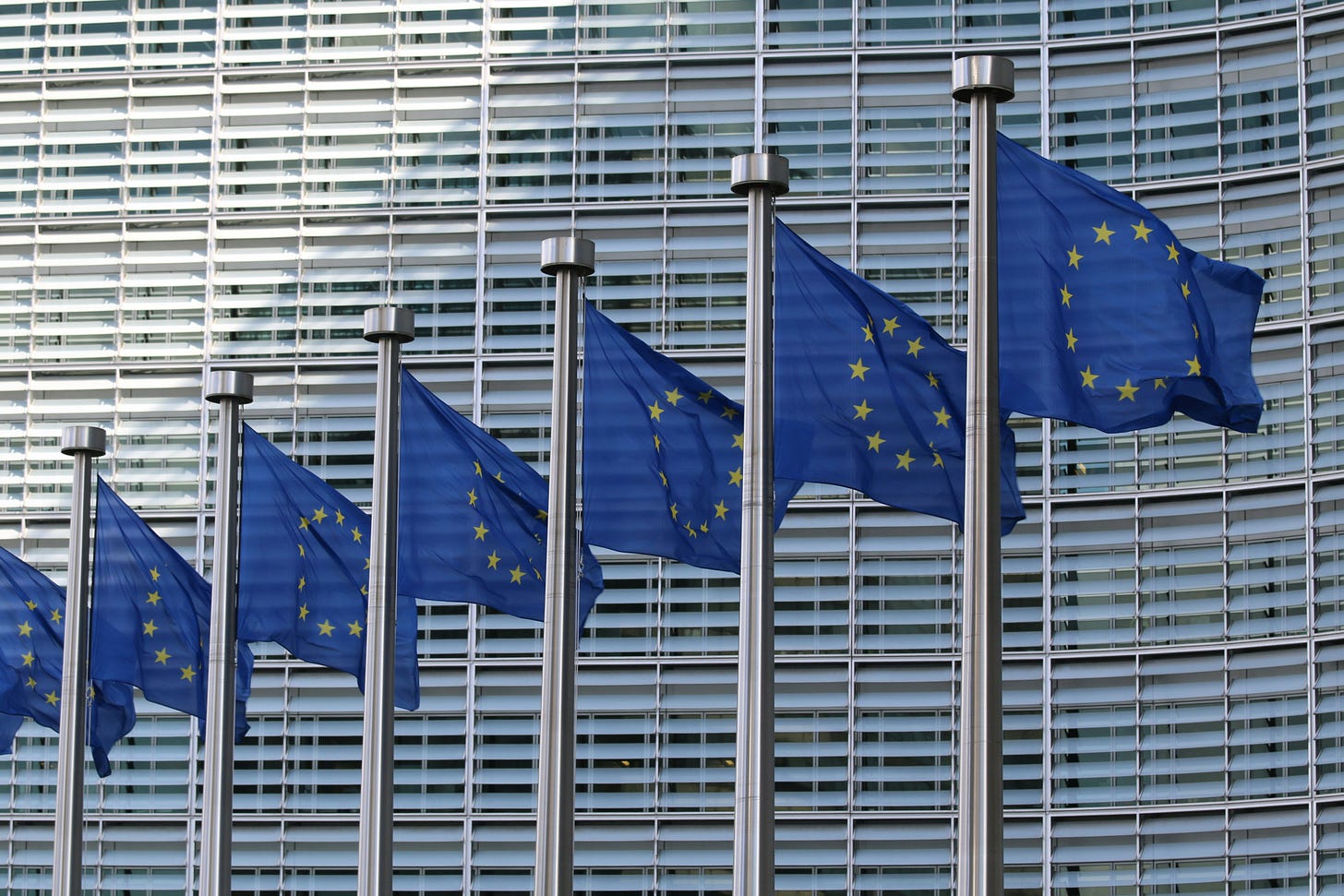Navigating the New GPSR: Key Updates and Implications for Brands
Staying Compliant in the EU's Evolving Market
As of 13 December 2024, the European Union’s new General Product Safety Regulation (GPSR) has officially replaced the General Product Safety Directive (2001/95/EC) and the Food Imitating Product Directive (87/357/EEC).
This regulation is designed to address the challenges of today’s dynamic markets, strengthening consumer safety, creating a level playing field for businesses, and enhancing enforcement measures.
What does the GPSR mean for textile and apparel brands?
It’s evident that compliance with the GPSR is crucial for maintaining access to the EU market. Covering a wide range of non-food consumer products–including textiles, clothing, footwear, and accessories–this newsletter unpacks the GPSR, explains how it differs from the previous directive, and outlines the key steps brands must take to comply.
What is the GPSR?
The General Product Safety Regulation (GPSR) is the new legal framework addressing gaps in the regulation of non-food consumer product safety across the EU. It aligns with the realities of today’s digital marketplace.
Emerging from the European Commission’s 2020 review of the General Product Safety Directive, the GRSR tackles issues such as:
Challenges arising from digitalisation, e-commerce, and new technologies
Inconsistent enforcement of rules
Safety concerns over non-EU profit imports
Acting as a safety net, the GPSR covers all non-food consumer products not governed by other specific EU legislation, including new product categories that may emerge in the future. It applies to all companies placing products on the EU market, regardless of where the products are manufactured or sold–be it online or offline.
The only exemptions are limited to categories such as food, pharmaceuticals, medical products, living plants and animals, and antiques.
Crucially, as a regulation rather than a directive, the GPSR provides uniform rules across all EU member states, streamlining compliance for businesses operating in multiple countries.
Key Differences from the Previous Directive
While both the GPSR and its predecessor share the common goal of ensuring consumer safety, the GPSR modernises the framework with significant enhancements:
Focus on E-Commerce and Online Marketplaces
The GPSR places new obligations on online marketplace providers to monitor and remove unsafe products, facilitate communication with consumers, and provide better access to safety information.
Enhanced Traceability
The regulation mandates detailed traceability obligations for manufacturers, importers, and distributors. This is particularly important for fashion brands navigating complex supply chains.
Improved Safety Risk Assessments
The GPSR broadens the scope of risk assessments, factoring in emerging technologies and the vulnerabilities of specific consumer groups, such as children. For textile and apparel brands, this might involve testing for choking hazards, chemical content, or drawstring safety in children’s apparel.
Improving Product Recall Processes
The regulation updates the Safety Gate Rapid Alert System (formerly RAPEX), modernising product recalls and introducing stricter notification requirements for consumers and authorities.
What Do Textile and Apparel Brands Need to Prioritise?
The GPSR introduces changes that require immediate attention. Here’s what textile and apparel brands need to prioritise:
Complying with Online Marketplace Regulations
Brands selling through online platforms must ensure that all required traceability and safety information is clearly displayed, including warnings such as flammability risks.
Maintaining Detailed Product Documentation
Manufacturers must retain comprehensive safety technical documentation for at least 10 years and cooperate with market surveillance authorities. For textile and apparel brands, this includes detailed records of product origin and material composition.
Updating Product Labelling
Labelling now requires the inclusion of:
Manufacturer’s contact details
Product origin
Identification through serial numbers, batch codes, or equivalent systems
Safety instructions and warnings, such as flammability risks for textiles or usage guidelines for accessories
Adopting a Proactive Risk Management Approach
Brands should regularly update their safety assessments to account for emerging technologies and the needs of vulnerable consumers. For textile and apparel products, this could include testing for chemical safety, flammability, or potential hazards in children’s clothing.
Summary
The GPSR makes a significant evolution in the EU’s approach to product safety, addressing the complexities of modern markets and economies. To stay ahead, brands should enhance product traceability, update their risk management practices, and focus on guaranteeing effective consumer communication.
If your company needs assistance in ensuring compliance with current and upcoming regulations, please reach out to us at info@bergstrand.co





